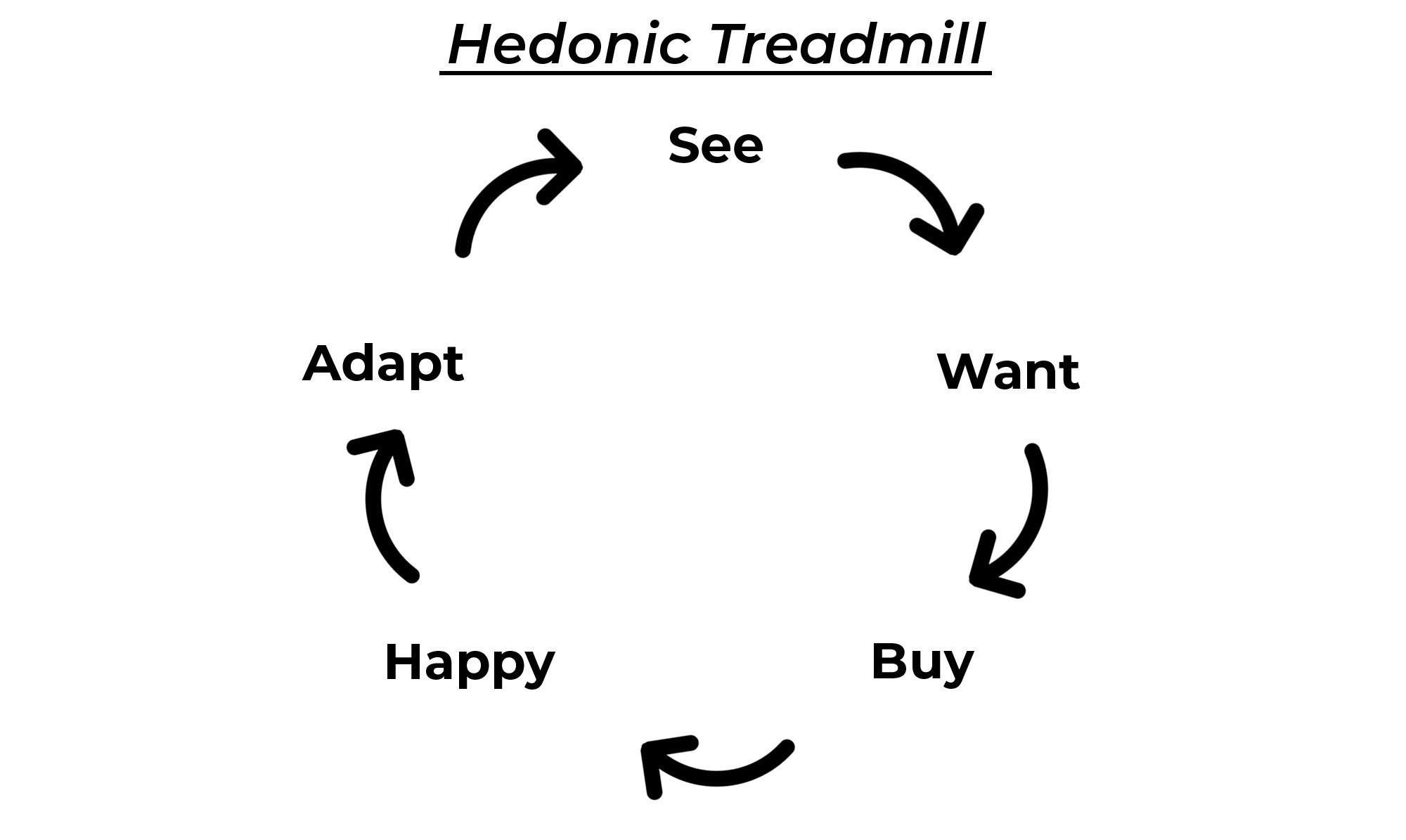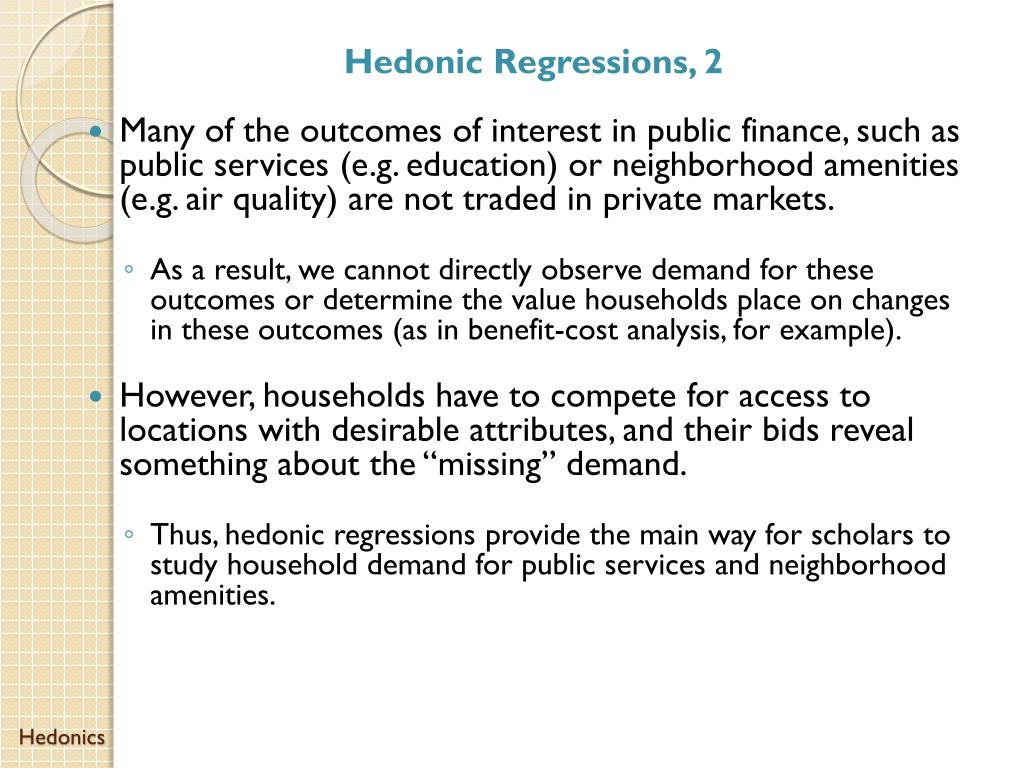

This change in benefit is quality change.

The new version of the item may provide additional benefits or, in some cases, reduced benefits. In many categories of items, this is the primary time when price change occurs. A fundamental problem for the goods and services in the CPI sample is that their characteristics, not just their prices, change over time as the retailers introduce new versions of items and discontinue the older versions. The CPI measures the average change in price over time of consumption goods and services by following the prices of a representative sample of consumption items in the retail establishments that sell them. Would you walk through another example at a more detailed level?.Can you explain how the CPI uses the hedonic regression model to estimate and apply a quality adjustment?.How does the hedonic method estimate the value of quality change?.

What items in the CPI are hedonically adjusted?.Why does the CPI adjust prices for changes in quality?.Furthermore, it may be an opportunity for future researches about application of MHSR model in the field of Inventory Control and Transportation Logistics Management.Frequently Asked Questions about Hedonic Quality Adjustment in the CPI This talk is overall an opportunity to identify weak and strong points of the model together with auditors. We introduce the first results in regime detection for MHSR model showing cluster techniques and optimization methods in multivariate parameter case. It provides us with data about product prices and their historical behaviors, the input of our algorithm. We show test results of MHSR model in TAC SCM. We retrace the steps of a variant of Kim's algorithm to estimate regimes offline. In our paper we include regime considerations respect on our previous one system model. For its characteristics MHSR is easily adaptable in Inventory Control to forecast demand depending on sub-item design, but also in other fields of SCM.

We name it Multivariate Hedonic Switching Regime model (MHSR). It is an alternative of VAR models depending on the historical data. Hence, our model is designed taking into account the correlations between the hedonic price for a component and the product price. In our case we are interested in multi agent supply chains where the actors are the manufacturers-assemblers of a range of end-products sharing several components, like in the case of personal computers and mobile phones. The latter is created depending on the kind of network of the supply chain. Almost any stage of supply chain management is based on a forecast model.


 0 kommentar(er)
0 kommentar(er)
